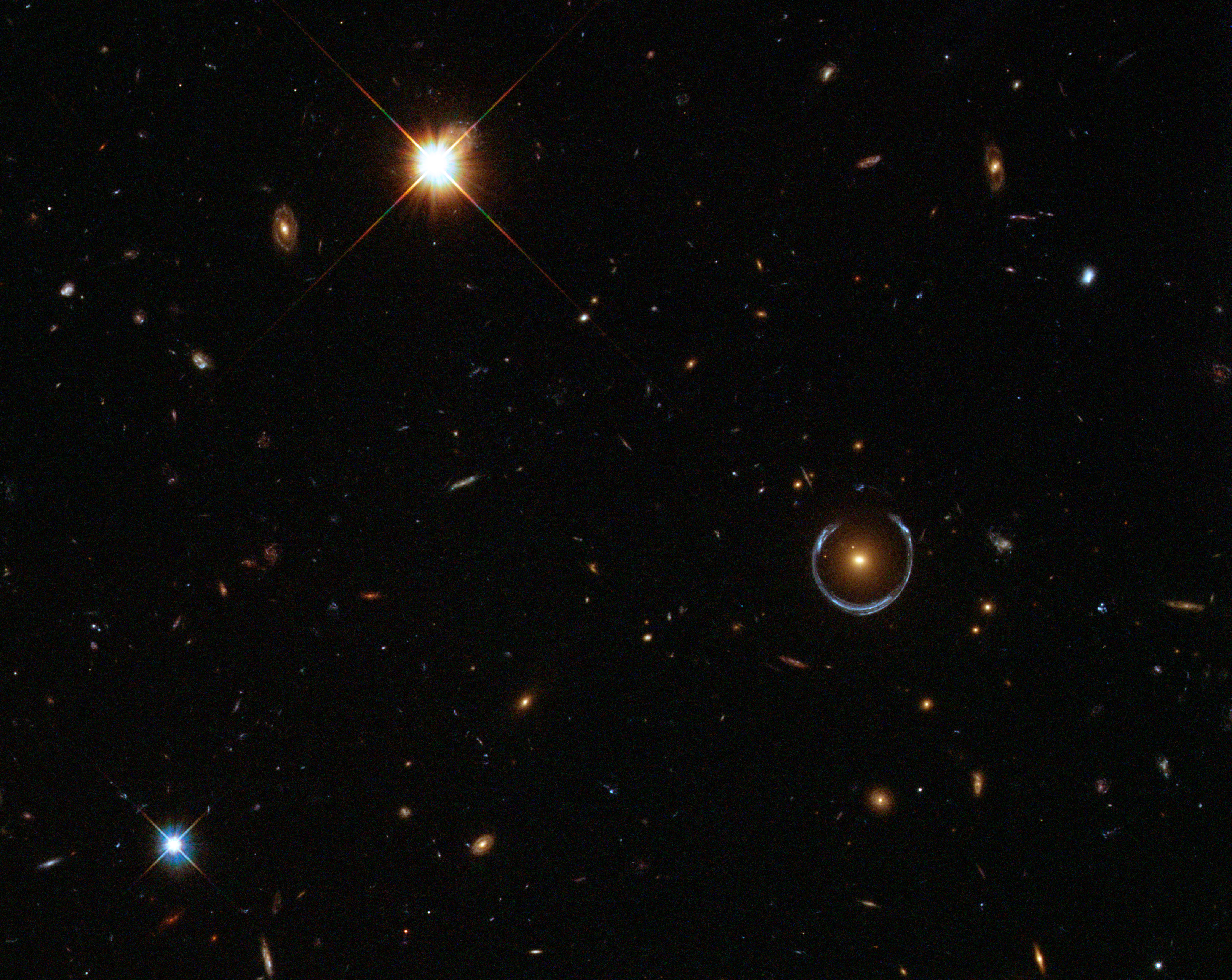Please login in order to download photos in full size
If you are not registered, please register for free: www.Free-Photos.biz/register
Please note to download premium images you also need to join as a free member..
You can also save the photos without the registration - but only in small and average sizes, and some of them will have the site's watermark. Please simply click your right mouse button and save the image.
Please login in order to like photos
If you are not registered, please register for free:
Sorry, non-members can download up to 1100 full-size photos per month.
It looks like you have used up your limit.
Free members can download an unlimited number of full-size photos - including the premium free photos.
Join as a member today for FREE! - and download the images without limitations:
www.Free-Photos.biz/membership.php
You can also save the images without the membership - but only in small and average sizes, and some of them may have the site's watermark. Please simply click your right mouse button and save the image.

|
This is a premium free photo
This photo was viewed 1 times and was downloaded in full size 1 times.
This photo was liked 0 times
If you are a member, please login in order to see the source link of the above image.
Summary
| Description |
English: What's large and blue and can wrap itself around an entire galaxy? A gravitational lens mirage. Pictured above, the gravity of a luminous red galaxy (LRG) has gravitationally distorted the light from a much more distant blue galaxy. More typically, such light bending results in two discernible images of the distant galaxy, but here the lens alignment is so precise that the background galaxy is distorted into a horseshoe -- a nearly complete ring. Since such a lensing effect was generally predicted in some detail by Albert Einstein over 70 years ago, rings like this are now known as Einstein Rings. Although LRG 3-757 was discovered in 2007 in data from the Sloan Digital Sky Survey (SDSS), the image shown above is a follow-up observation taken with the Hubble Space Telescope's Wide Field Camera 3. Strong gravitational lenses like LRG 3-757 are more than oddities -- their multiple properties allow astronomers to determine the mass and dark matter content of the foreground galaxy lenses. (citation from APOD)
from metadata: "An interesting galaxy has been circled in this NASA/ESA Hubble Space Telescope image. The galaxy— one of a group of galaxies called Luminous Red Galaxies — has an unusually large mass, containing about ten times the mass of the Milky Way. However, it’s actually the blue horseshoe shape that circumscribes the red galaxy that is the real prize in this image. This blue horseshoe is a distant galaxy that has been magnified and warped into a nearly complete ring by the strong gravitational pull of the massive foreground Luminous Red Galaxy. To see such a so-called Einstein Ring required the fortunate alignment of the foreground and background galaxies, making this object’s nickname “the Cosmic Horseshoe” particularly apt. The Cosmic Horseshoe is one of the best examples of an Einstein Ring. It also gives us a tantalising view of the early Universe: the blue galaxy’s redshift — a measure of how the wavelength of its light has been stretched by the expansion of the cosmos —is approximately 2.4. This means we see it as it was about 3 billion years after the Big Bang. The Universe is now 13.7 billion years old. Astronomers first discovered the Cosmic Horseshoe in 2007 using data from the Sloan Digital Sky Survey. But this Hubble image, taken with the Wide Field Camera3, offers a much more detailed view of this fascinating object. This picture was created from images taken in visible and infrared light on Hubble’s Wide Field Camera 3. The field of view is approximately 2.6 arcminutes wide." |
| Date | 10:00, 19 December 2011 |
| Source | https://apod.nasa.gov/apod/image/1112/lensshoe_hubble_3235.jpg |
| Author | ESA/Hubble & NASA |
| Other versions |
Derivative works of this file: |
Licensing
| This file is in the public domain because it was solely created by NASA. NASA copyright policy states that "NASA material is not protected by copyright unless noted". (See Template:PD-USGov, NASA copyright policy page or JPL Image Use Policy.)
|
|
 |
Warnings:
|
Public Domain
| EXIF data: | |
| File name | lensshoe_hubble.jpg |
|---|---|
| Size, Mbytes | 5.106091796875 |
| Mime type | image/jpeg |
| Software used | Adobe Photoshop CS3 Windows |
While the copyright and licensing information supplied for each photo is believed to be accurate, Free-Photos.biz does not provide any warranty regarding the copyright status or correctness of licensing terms. If you decide to reuse the images from Free-Photos.biz, you should verify the copyright status of each image just as you would when obtaining images from other sources.
The use of depictions of living or deceased persons may be restricted in some jurisdictions by laws regarding personality rights. Such images are exhibited at Free-Photos.biz as works of art that serve higher artistic interests.
PRIVACY POLICY
By registering your account and/or by subscribing to new and newly rated photographs you agree we may send you the links to photos and we may occasionally share other information with you.
We do NOT disclose your personal data.



